Home »
Misc »
How high are basketball rims
How high are basketball rims
Basketball Rim Height
Home>Sports>Basketball>Basketball Rules
PreviousNext
Basketball rims are 10 feet or 3 meters tall for high schools and pro leagues like the NBA. For youth leagues, the hoop can be shorter than 10 feet. This is the standard for all playing levels from high school and up. Younger ages play with shorter rims to enable the players to reach the rim with their shots.
The height of the rim is 10 feet because most professional players are 6 feet or taller. The rim serves as the perfect height to be challenging enough for all players.
Table of Contents
- Original Rim Height
- College Basketball Rim Height
- Youth Basketball Rim Height
- G-League Rim Height
- Backboard Height
- Net Height
- FAQ
Original Rim Height
Ever since the creation of the sport in 1891 by Dr. James Naismith (the sport was originally called “basket ball”), the height of the rim for professional leagues has always been 10 feet high.![]() That is no different from the NBA, which from its first season to the present day, has maintained a 10-foot rim.
That is no different from the NBA, which from its first season to the present day, has maintained a 10-foot rim.
College Basketball Rim Height
The regulation distance for both Men's and Women’s Division I in the NCAA is the same exact height as an NBA rim, which is 10 feet.
Youth Basketball Rim Height
In youth basketball, some players play with rims located closer to the floor on account of their smaller height. For example, third and fourth-grade players shoot on eight-foot rims, and fifth-grade players shoot on nine-foot rims. Sixth-grade players and above shoot on 10-foot rims, the same as high school, college, and pro players.
G-League Rim Height
The height of an international-sized rim is the same as college and the NBA, 10 feet off the ground. In the Gatorade League or G-League (previously called the D-League), the rim measurement is exactly the same as the international, college, and the NBA, 10 feet from the floor to the rim.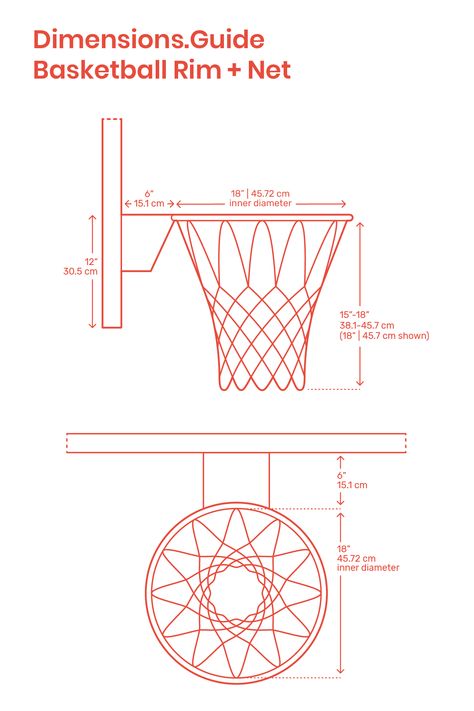
Backboard Height
The backboard is behind the rim and connects the whole apparatus to the ground with a vertical support system, while the net is attached to and hangs below the rim. The backboard extends upwards to about 13 feet off the ground.
Net Height
The net hangs about a foot and a half below the rim (8.5 feet off the ground).
FAQ
How high is the rim in basketball?
Basketball rims are generally 10 feet high. In the NBA, NCAA, and high school basketball hoops are 10 feet or 3 meters tall, but for youth leagues, the hoop can be shorter than 10 feet.
Why is the rim 10 feet high in basketball?
Basketball rims have been ten feet high since the creation of basketball, which was invented by Dr. James Naismith in 1891. The reason for this consistent height is because when Naismith originally created his basketball hoops, he hung peach baskets from the side of a running track railing, which happened to be ten feet in height.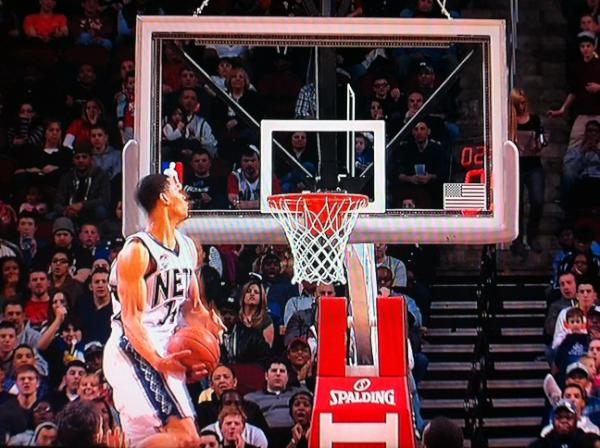 When basketball’s popularity increased, and basketball hoops began to be standardized as hoops mounted on a pole with a backboard, the height remained the same as Naismith’s original baskets. The height was kept because it was considered an ideal height for the game, not too hard to reach by leaping or shooting, but also not low enough to make scoring points too easy.
When basketball’s popularity increased, and basketball hoops began to be standardized as hoops mounted on a pole with a backboard, the height remained the same as Naismith’s original baskets. The height was kept because it was considered an ideal height for the game, not too hard to reach by leaping or shooting, but also not low enough to make scoring points too easy.
Are basketball rims lower in the WNBA?
Basketball rims are not lower in the WNBA; they are the standard height of 10 feet, which is the same as in the NBA and NCAA. In WNBA basketball, the court dimensions and the size and height of the rims are the same as in the NBA. However, the three-point line is closer in the WNBA. The NBA uses a 22-foot, 9-inch line that shrinks to 22 feet, 3 inches in the corners, whereas the WNBA uses a three-point line that is 20 feet, 6 inches from the rim throughout its curvature.
PreviousNext
Pages Related to Basketball Rim Height
- Basketball Salary Cap
- Basketball Pushing Rules
- Basketball Rules List
- Basketball Pivoting
- Basketball Periods
- Basketball Rules and Regulations
PreviousNext
How Tall is a Basketball Hoop - Has it Ever Changed in Height?
Ever wonder what the height of a basketball hoop is when watching a game? A lot has changed over the years in professional basketball from the concept of dribbling, the three-point line, the basket itself, and even the backboard material, but one thing remains consistent: how tall an NBA basketball hoop is. A professional basketball hoop is always teen feet high from the floor to the top of the rim.
A professional basketball hoop is always teen feet high from the floor to the top of the rim.
So why is the basketball hoop height ten feet high off the ground? Is the size of the hoop the same across the WNBA, FIBA, NCAA, High School, and more? Here is the complete breakdown of the height of a regulation basketball hoop!
Why is a Basketball Hoop Ten Feet Off the Ground?
James Naismith was the inventor of the game of basketball in 1891 out in Springfield, Massachusetts. During that year, he hung peach baskets off the running track guard railings at the YMCA, ten feet off the ground, for players to shoot at. After every basket made by a player, the game would pause to get a ladder to retrieve the ball, which was a soccer ball, at that time.
Eventually, iron hoops and a net replaced the peach baskets, which removed a ladder to retrieve a ball during a game.
How Do you Measure the Ten Feet for a Hoop?
The ten-foot measurement for a basketball hoop is from the height of the rim to the floor.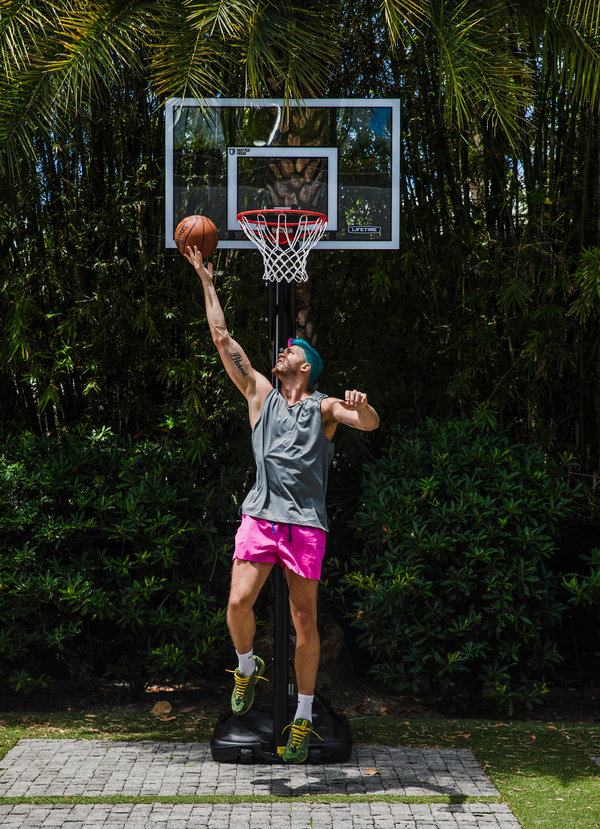 The teen feet measurements are not from the bottom of the net, which fans might not know. The height takes the top of the rim since that is how high the ball needs to be to go into the hoop.
The teen feet measurements are not from the bottom of the net, which fans might not know. The height takes the top of the rim since that is how high the ball needs to be to go into the hoop.
How Tall is a Basketball Hoop in the NBA?
A professional NBA hoop is ten feet from the top of the rim to the bottom of the floor. However, while the hoop’s 10 feet is the same, the average height of basketball players continues to grow over the years, which is why dunking is more common in today’s game. According to The Hoops Geek, players from the 2021 – 2022 season were 6’6″ tall on average. Back in 1952, the average height of a player was 6’4″ tall.
How Tall is a Basketball Hoop in the WNBA?
A WNBA hoop stands at ten feet tall from the top of the rim to the base of the floor. According to TFI Global News, the average height of a female basketball player is 5’11”. Comparing that to the NBA, which is seven inches taller on average, you can understand why dunking is less common in the WNBA.
How Tall is a Basketball Hoop in FIBA?
The basketball hoop for the Olympics and all professional leagues worldwide stands at ten feet tall.
How Tall is a Basketball Hoop in NCAA Basketball Games?
NCAA basketball (men’s and women’s) is ten feet from the top of the rim to the base of the floor.
How Tall is a Basketball Hoop in High School and Middle School?
Basketball hoops in High School and Middle School leagues are ten feet from the base of the floor to the top of the rim.
Does the Rim Height Change in Youth Basketball Leagues?
Youth basketball leagues have different heights for the rim on basketball courts. Kindergarten leagues will have hoops being seven feet tall. Meanwhile, fifth graders will have the hoop at nine feet tall. It is not until you get to sixth grade that the hoop goes to standard ten feet height.
How Big is the Basketball Backboard?
A regulation-size basketball backboard is 6 feet wide by 3. 5 feet tall.
5 feet tall.
How Big is the Basketball Rim?
A regulation-size basketball rim is 46 inches in diameter.
Did the Hoop Size Ever Change in the NBA?
In 1954, the NBA ran a test raising the basketball hoop to 12 feet for one game. The reason to have 12-foot rims was to stop George Mikan from dominating the game since he was close to seven feet tall. The game that had the test was between the Milwaukee Hawks and the Minneapolis Lakers.
However, that test only lasted one game. The trial concluded that while it did stop George Mikan from dominating, it didn’t produce good results for the game. The hoop being taller made the game even more dominating for taller players to gather rebounds against shorter basketball players.
Why Do Basketball Hoops Have a Net?
Basketball first began with peach baskets that players would try to get the ball into when they would shoot. An iron hoop replaced that peach basket as the years went by, which allowed the ball to go through on a successful shot. No longer was a ladder necessary to retrieve balls after a successful shot.
No longer was a ladder necessary to retrieve balls after a successful shot.
Why Do Basketball Hoops Have an Orange Rim?
During games, the orange rim stands out for fans, coaches, refs, and players to see. The orange paint also helps spot goaltending violations if a player swats the basketball away as it is coming down towards the basket.
Can Players Change the Hoop Regulation Height During a Dunk Competition?
NBA players who partake in the dunk competition always like to put on a show for the fans. In 2009, Dwight Howard did just that by bringing in a basketball hoop that was 12 feet in height. He came out with a superman cape and was able to perform the dunk to the delight of the fans at the All-Star Game event.
Conclusion: How Tall is a Basketball Hoop?
In summary, a basketball hoop across professional leagues is ten from the top of the rim to the bottom of the floor. The ten-foot height dates back to 1891 when the basketball game took place in a YMCA in Springfield, Massachusetts.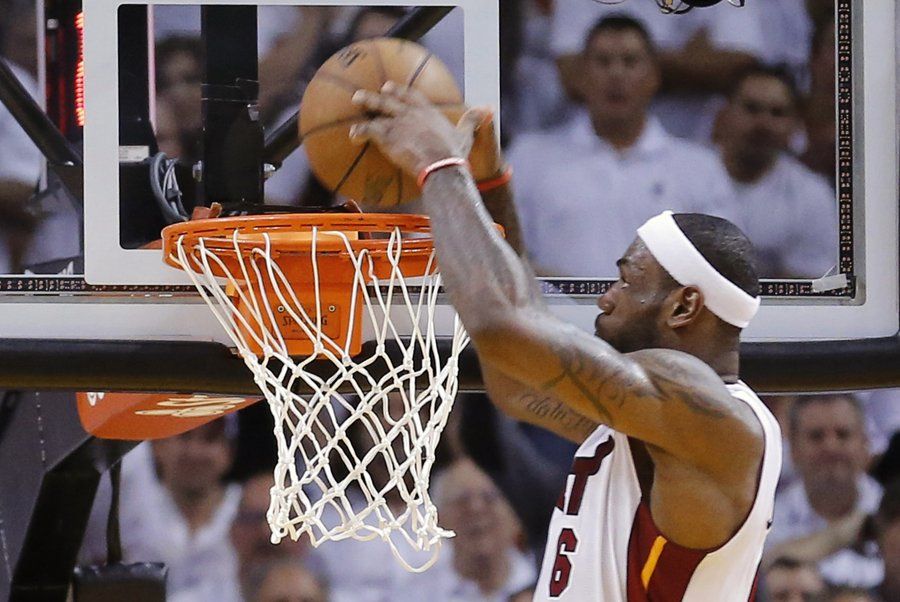 During that time, peach baskets were on the railings of the track, and players would shoot a ball into the basket to score points. While many elements of basketball have changed over the years, the height of a basketball has not.
During that time, peach baskets were on the railings of the track, and players would shoot a ball into the basket to score points. While many elements of basketball have changed over the years, the height of a basketball has not.
Similar Posts:
Field Goal Basketball
What is a Rebound in Basketball?
Top of the Key Basketball
Technical Foul in Basketball
Basketball Swish
ISO Basketball
Tip off in Basketball
Slam Dunk
Free Throw in Basketball
How Long is NBA Halftime?
Backcourt Violation in Basketball
Double Rim Basketball Hoop
Triple Double in Basketball
Paint in Basketball
How Long is a Basketball Game?
How low can basketball shoes be? - StreetBall Library
Back to Articles List
High vs. Low
In the late 80's and through most of the 90's, high-top basketball shoes were the norm. Models such as the Command Force, Air Unlimited and Air Max CB'94 seemed to some like a cross between basketball shoes and cowboy boots. Their undeniably cool style and casual look were perfect for the zeitgeist. But along with the extra protection they offered was added weight, restricted movement and poor ventilation. And still, the fact remained that people continued to get ankle injuries.
Their undeniably cool style and casual look were perfect for the zeitgeist. But along with the extra protection they offered was added weight, restricted movement and poor ventilation. And still, the fact remained that people continued to get ankle injuries.
According to Matt Nurse, senior researcher at the Nike Sports Research Lab, the reality is that ankle injuries happen when you play basketball. He explains that statistically, “If you play 1,000 times, at least once you will hurt your leg. Guaranteed." Whether it is contact with another player, an unsuccessful landing or a change in direction of movement, an abrupt stop - it will happen anyway sooner or later. Not surprisingly, a twisted ankle is the most common injury in basketball.
But high sneakers should help, right? Not at all, Nurse says. He says that "the wobble board (simulator) is the only tool that has contributed to reducing the number of injuries: you will not find other means in any literature." All the complexity lies in the simplicity of the joint.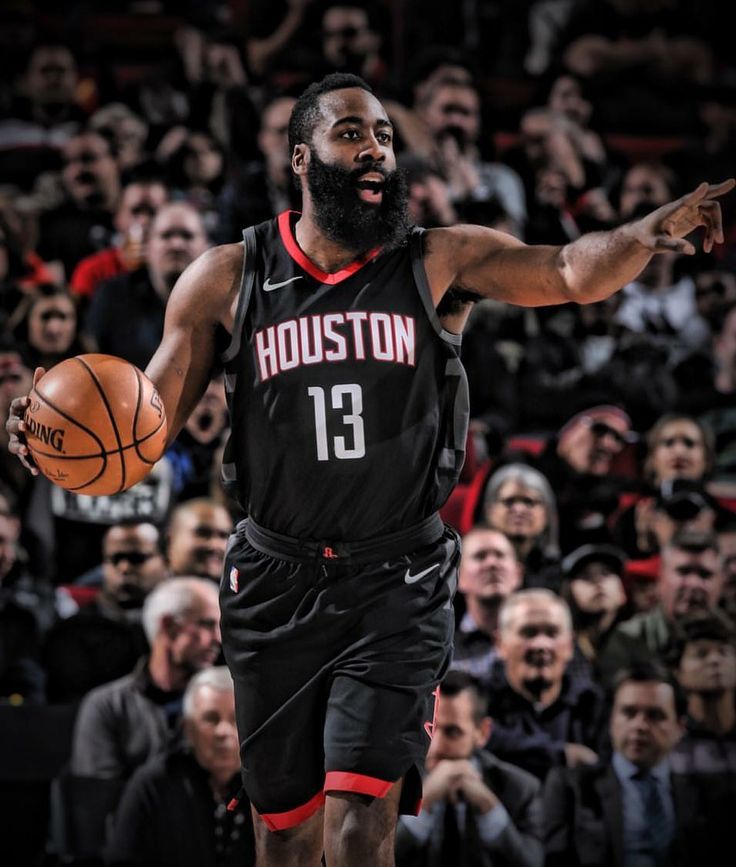 The upper part is responsible for the movement of the foot up and down, the other part is responsible for rolling from side to side. The position of the foot when the heel is higher than the toe is very important for basketball. It serves to soften the impact when landing. The problem is that in this position, the foot loses the protective qualities of the ligaments, which leads to instability and a greater likelihood of twisting the leg. It's not all bad news. Studies have shown that over the past 25 years, ankle injuries have decreased 6 times due to improved training methods.
The upper part is responsible for the movement of the foot up and down, the other part is responsible for rolling from side to side. The position of the foot when the heel is higher than the toe is very important for basketball. It serves to soften the impact when landing. The problem is that in this position, the foot loses the protective qualities of the ligaments, which leads to instability and a greater likelihood of twisting the leg. It's not all bad news. Studies have shown that over the past 25 years, ankle injuries have decreased 6 times due to improved training methods.
It turns out that the debate about high and low sneakers is based on intuition, since high ones are tougher in stationary conditions. But in the “toe away from you” position, the line of force application changes. The interaction occurs with the same area of the material in both low and high sneakers. The area where the maximum resistance is shown is located no higher than the ankle. Studies conducted at Nike showed no significant change in injury rates with high-top sneakers, even with taping and bandages.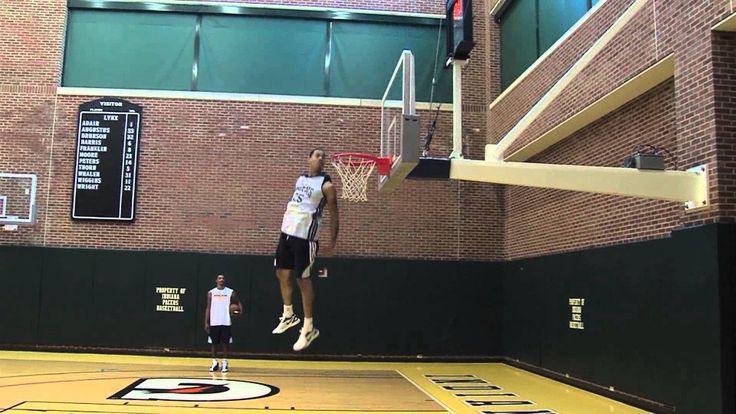
It seems that these two methods of protection do not bring any significant results. "There's a ton of scientific literature on taping, for example," Nurse says. – “The mechanical advantage of the tape disappears even before you enter the court. You go out, warm up and stretch, and now all the advantage is lost. What tape does is give a sense of proprioception, which I think is important.”
There is a big difference between feel and support. This feeling will not help you avoid injury. However, keep in mind that the mind is a very powerful tool - playing in low shoes can become a barrier for the brain to play at top speeds, while high ones can make you feel more secure. On the other hand, it may limit your potential. According to a Nike study, high-top sneakers can limit freedom of movement and can reduce performance in speed and jumping exercises. Nurse: “If high-top sneakers were that much better, everyone would be playing in them, both football players and tennis players.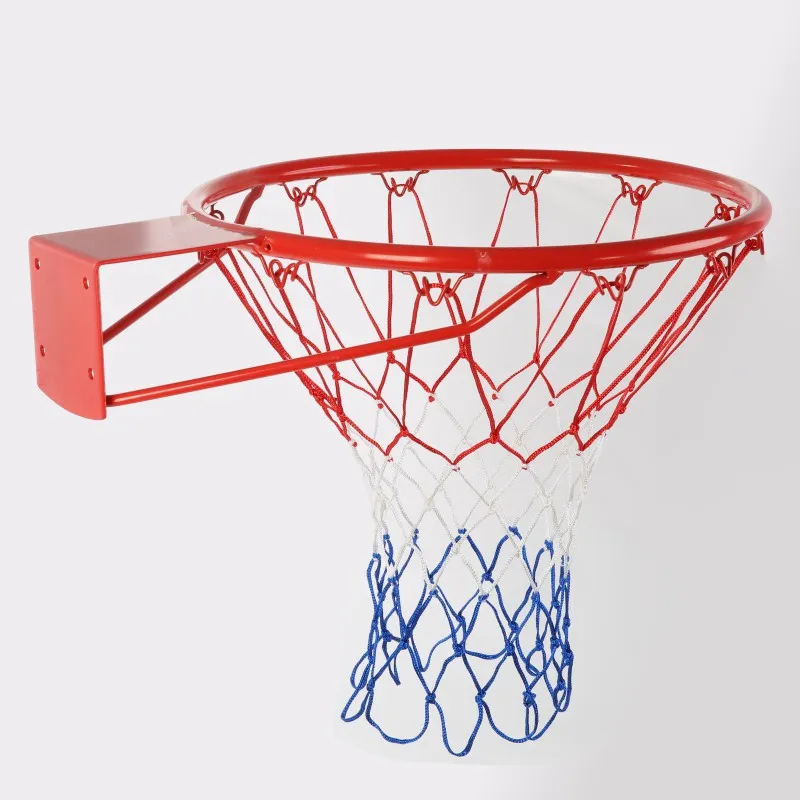 There is a feeling and a whole culture associated with them, but you can go the other way.”
There is a feeling and a whole culture associated with them, but you can go the other way.”
Based on this study, it's clear that low-top sneakers are great for basketball. Low sneakers are nothing new in basketball - check out the Air Force 1 low. Although they were used primarily for everyday life, players like Steve Nash and Mike Bibby have been playing them for years. Further, the Air Jordan III - we can assume that it was they who gave rise to the trend to reduce the height of the sneaker. They are with a height of ? were in opposition to the running shoes of the time, but the way they were presented got people thinking. So while Kobe isn't the first player in the NBA to play in low tops, he's definitely the best to own a low top.
reread Dmitry Marin
Source: Solecollector magazine
| Article: Sneaker review: Wade 1.3, Air Jordan XX2, Tmac 6, Chiefglider | |
ankle, high sneakers are not as important as it is commonly believed.

The March madness is upon us, full of siren hits and tournament draws, surprise winning teams and great players. Anything can happen during the men's and women's NCAA tournaments. The difference between victory or defeat directly depends on the unpredictable rebound of the ball or ankle sprain.
Sprained ankle is the most common injury in basketball. According to statistics, such injuries make up a quarter of all injuries. Just ask Stephen Curry what injury he's worried about the most? Often victories are attributed to his unstable ankles, which he tapes and securely fixes before each game with ankle braces. All of this is done in connection with his documented injury history. Further protection is, in principle, provided by the Under Armor Curry high-top sneakers.
"In any sport, I think athletic shoes are very, very important," says Joseph Gamil, a biomechanic at the University of Massachusetts. "The running shoe itself is designed to try and mitigate specific factors in terms of minimizing the risk of injury.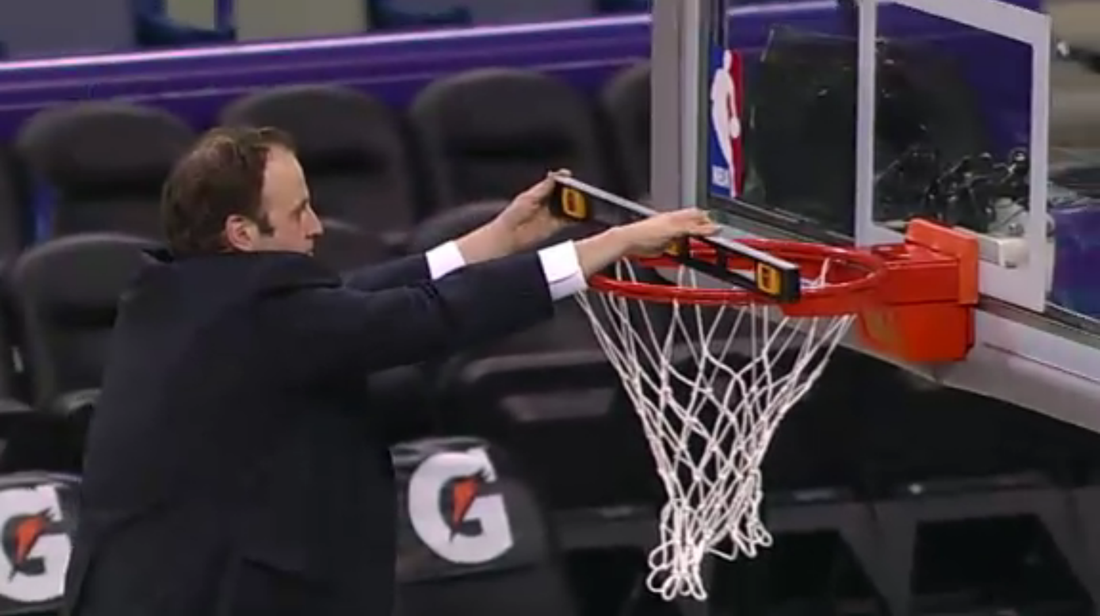 "
"
From the classic Chuck Taylors to the modern Air Jordan, basketball shoes are usually made in a high-top design that is supposed to provide support and protect against ankle injury.
Over the years, basketball shoes have evolved from a simple canvas to a complex of high-tech modified technologies and bold designs. With the development of sneaker culture, which manifests itself as a complex combination of fashion, concentration of capital, politics, culture, race and public, basketball shoes continue to hold the cutting edge of technology in their field. Whether it's cushioning air cells in the outsole, new rubber varieties for better traction, lighter materials, or even a smarter inflatable support piece on Reebok Pumps. Basketball shoes have always been a skillful combination of form and function.
"These must be shoes," said Spike Lee as he played his character Mars Blackmon in Nike's iconic Air Jordan ad campaign that dates back to the late 1980s. Yes, shoes are very important.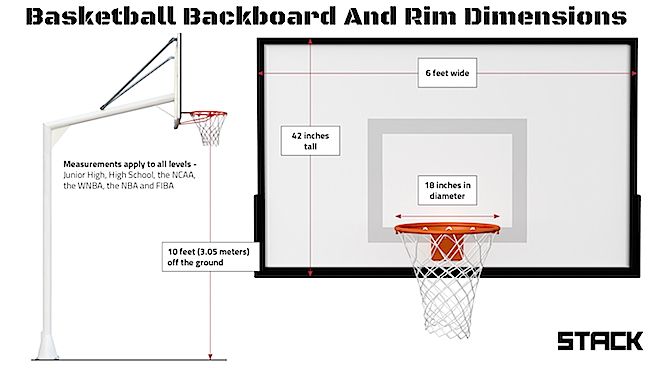 But when it comes to various injuries, shoes alone will not help to avoid them.
But when it comes to various injuries, shoes alone will not help to avoid them.
High and low basketball shoes?
At the very beginning of the development of basketball, it was customary to enter the court only in high shoes. But almost immediately after the invention of basketball, in 1891 year, Spalding developed the first high ankle basketball shoe. They were made from canvas and had thinner soles compared to the Converse All-Stars that first hit the market in 1917 and became known as the Chuck Taylors in 1943.
Even though the safety of high-ankle shoes was supposed to be the main selling point, budding shoe designers did not attach much importance to this. “The real reason we had tall shoes was because they were very similar to the high-top shoes that men wore in those days,” says Elizabeth Semmelhak, senior curator at the Bata Shoe Museum in Toronto. Ankle boots were the standard, and basketball shoes just repeated this style.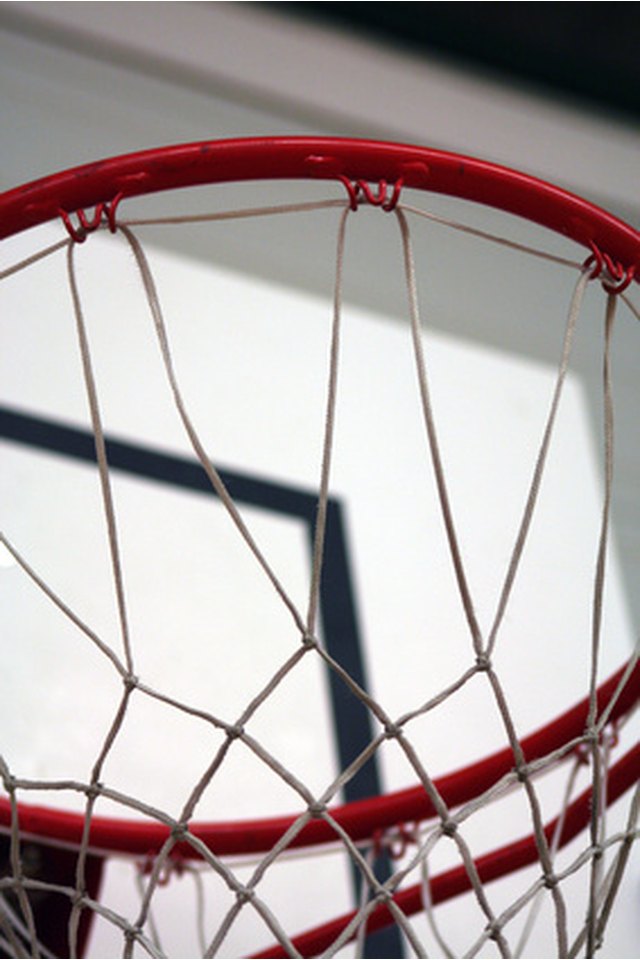
In 1969 adidas introduced the first low ankle basketball shoe. It was all leather and was called the adidas Superstar. But throughout the 20th century, tall shoes remained the standard. Then, in 2008, Nike released a low-top basketball shoe called the Nike Zoom Kobe, and thanks to an ad from the Los Angeles Lakers star, the low-cut shoe has been gaining popularity ever since. Players claim that they feel more freedom of movement in low ankle shoes.
Today, about half of NBA players wear low-ankle shoes, according to Howard Osterman, an orthopedic doctor for both Washington basketball teams, the Wizards and the Mystics women's team. According to Patrick Telly, athletics coach for the UCLA women's basketball team, most players also opt for low-top basketball shoes. .
Conventional wisdom says that most injuries occur in those who play in low basketball shoes. But the leading number of ankle sprains, like the ones Curry suffers from, happen when one player lands hard on the foot of another. The result is incredibly high impact force, so no high-ankle shoe can prevent sprain.
The result is incredibly high impact force, so no high-ankle shoe can prevent sprain.
"There is no evidence that different types of basketball shoes can prevent ankle sprains," says Jay Hertel, professor of athletic training at the University of Virginia.
In general, the results of the conducted studies are rather ambiguous. In particular, two recent studies found no difference between high and low ankle shoes in terms of how the ankle rotates during jumps and landings.
According to the first study, high ankle shoes can even inhibit the natural muscle response to ankle rotation, increasing the likelihood of sprains. The second study suggested that high-top sneakers increase strength, thereby increasing the risk of injury and stretching the Achilles tendon.
But these studies were biomechanical experiments. The researchers measured the strength and motions of the legs of volunteers who ran and jumped in the lab. Since it is difficult and expensive to conduct large-scale studies of basketball players, they are quite rare.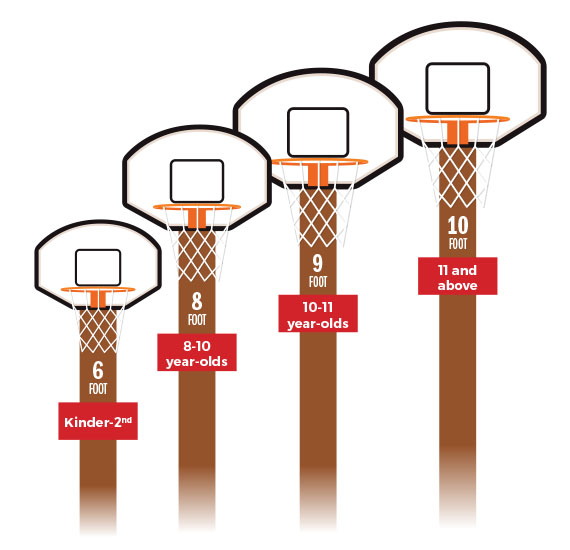 And none of them had a full bearing on ankle injuries.
And none of them had a full bearing on ankle injuries.
For example, a 1993 study of 622 college players found no difference between high and low ankle models. In a 2001 study of more than 10,000 basketball players in Australia, high or low shoes were not found to be a major risk factor for ankle injury. Instead, those with a history of injury are at high risk, whether the player has stretched before a game or not and whether their shoes have cushioning like the Air Jordans. But even the importance of depreciation is quite chaotic. A 2008 study of 230 varsity players focused on springy cushioning. As a result, it was found that the frequency of ankle sprains does not depend on the shoe model.
Function, form and… science
However, the fit and cushioning of the basketball shoe is only one piece of design that has come a long way since the introduction of the Chuck Taylors. “Sneakers have always been intertwined with technological advances,” says Semmelhak. “Even the first basketball shoes were state of the art. It had a rubber sole and was made from the newest and most expensive materials at the time. And the ankle pads on some of the early Chuck Taylors shoes were also meant to cushion impacts.”
“Even the first basketball shoes were state of the art. It had a rubber sole and was made from the newest and most expensive materials at the time. And the ankle pads on some of the early Chuck Taylors shoes were also meant to cushion impacts.”
It can be hard to tell the difference between a real innovation and just another marketing ploy, but in most cases, shoe companies do conduct extensive product research. Before joining adidas, Tobias Luckfiel believed that shoe companies were doing a lot of bullshit in terms of technology. “But I think we have a lot of people who want the best for the athlete,” said Luckfiel, who is now senior manager of sports research at adidas, based in Portland, where he helps develop new materials and test shoes. measuring its coefficient of grip with the surface, shock absorption and strength.
Published research on basketball shoes is scarce, especially when compared to what has been done with shoes used in other sports such as running and football. But shoe companies do a lot of specific work that just isn't published. “For every publication, we need to produce 100 technical reports,” says Matthew Nurse, vice president of the Nike Sports Research Lab in Portland. He reports that Nike researchers are using motion detection systems, touch sensors, cameras and other devices to zoom in on the details to see how players move. They even used x-rays to gauge the effect the shoes had on the ankles during the turn. The Morgan Stanley report, which was published in 2017, states that Nike has invested about $2.5 billion in all R&D over the past 5 years.
But shoe companies do a lot of specific work that just isn't published. “For every publication, we need to produce 100 technical reports,” says Matthew Nurse, vice president of the Nike Sports Research Lab in Portland. He reports that Nike researchers are using motion detection systems, touch sensors, cameras and other devices to zoom in on the details to see how players move. They even used x-rays to gauge the effect the shoes had on the ankles during the turn. The Morgan Stanley report, which was published in 2017, states that Nike has invested about $2.5 billion in all R&D over the past 5 years.
This study helps designers understand factors such as traction coefficient, sole stiffness, heel height and foot stability during side to side movement. Basketball shoes should be lightweight, comfortable, and provide soft support. It should allow the leg to make natural movements, but within the limits of what is permitted.
The problem is that playing basketball requires different movements: jumping, landing, running with a change of direction, sliding side to side.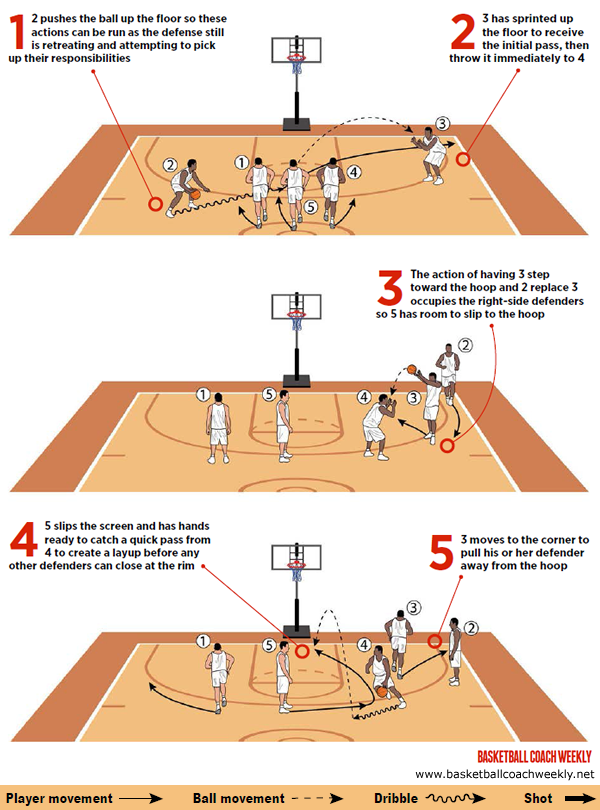 "It's really hard to take all these characteristics into account when designing basketball shoes," says Hamil, who, like many athletic shoe researchers, receives funding from shoe companies (he works with Brooks on running shoes and with FootJoy on shoes). for golf).
"It's really hard to take all these characteristics into account when designing basketball shoes," says Hamil, who, like many athletic shoe researchers, receives funding from shoe companies (he works with Brooks on running shoes and with FootJoy on shoes). for golf).
And all these factors have pros and cons. For example, a tighter upper can increase ankle support. But in the case of ski boots, extra support transfers force and potential injury up to the knee. “You can change one part and it will be better for one area, and unfortunately it may not work at all for another,” says Jeffrey Taylor, a physiotherapist and biomechanic at High Point University in North Carolina, who receives funding from Adidas. .
How to minimize the risk of injury?
Many factors indicate that the correct basketball shoe must be individual for each athlete. At the university level, coaches like Telly, who works at the University of California at Los Angeles, make sure every player wears the right shoes. In the National Basketball Association, about half of the players use custom-made insoles made from computer scans of their feet, says Osterman, an orthopedic doctor for the Wizards and Mystics teams. The other half uses the same insoles that come with the shoes. “Technology has gotten better, but running shoes by themselves may not be the ultimate choice. They need to be improved and this applies to the insole, especially if the player has had injuries in the past,” he says.?
In the National Basketball Association, about half of the players use custom-made insoles made from computer scans of their feet, says Osterman, an orthopedic doctor for the Wizards and Mystics teams. The other half uses the same insoles that come with the shoes. “Technology has gotten better, but running shoes by themselves may not be the ultimate choice. They need to be improved and this applies to the insole, especially if the player has had injuries in the past,” he says.?
At the highest levels of basketball, all players undergo mandatory strength and balance training to help prevent injury. And most of them are done with taped ankles or bandages. This is required to be done both in the training process and in games. About 80% of professional players use taping and bandages. Some research suggests that taping has benefits, but not in the form you might think.
After a few minutes of activity, the tape begins to weaken and no longer provides structural support. According to experts, the benefits of taping are mainly proprioceptive, during which the contact of the tape with the skin encourages the muscles to respond better, thereby preventing injury. “If your ankle is in a vulnerable position, your body will be ready to sense it and contract the muscles to prevent the ankle from twisting too much,” Hertel explained.
“If your ankle is in a vulnerable position, your body will be ready to sense it and contract the muscles to prevent the ankle from twisting too much,” Hertel explained.
Tapes and bandages may also benefit a recovering player who has recently sprained his ankle. But in general, strength and balance exercises are more important for preparing the ankle for stress. Hertel, for example, suggests you try brushing your teeth on one foot.
When it comes to shoes, experts recommend wearing what feels most comfortable and supportive. As Hamil says, name brand shoes are likely to be of the best quality. But you don't have to spend a lot, according to David Auji, an orthopedic surgeon at the Stanford Health Center who also works with Stanford University athletes. Cheaper shoes can also be just as effective as the more expensive option.?
More than a shoe
But the main purpose of basketball shoes has never been simply to reduce injuries. For top professional players, promotional deals can be the main reason why they wear these particular shoes.